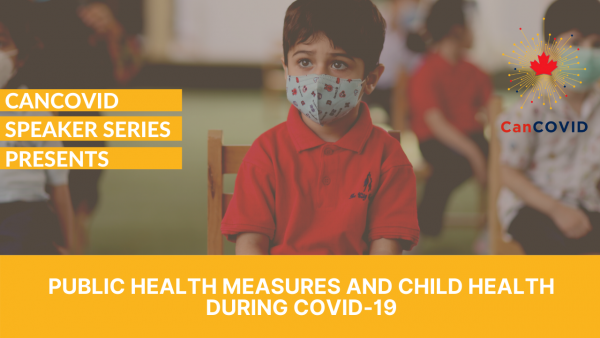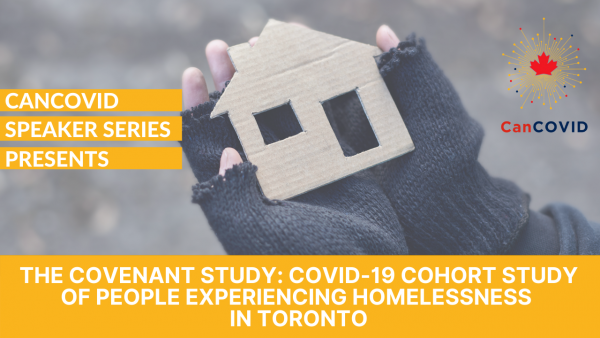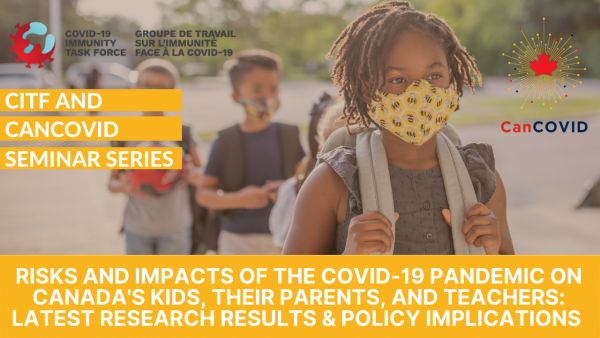Achieving continued compliance with public health measures among youth and young adults experiencing COVID‑19 isolation and fatigue
Questions
- What strategies are effective to achieve continued compliance with public health measures among youth (ages 12-17) and young adults (ages 18-30) who are experiencing COVID-19-related isolation and loss of in-person social interaction (e.g. “lockdown” fatigue)?
- How can a social and behavioural science approach help achieve compliance with ongoing public health measures for this group, who may experience fatigue almost 1.5 years into the pandemic?
Executive Summary
Youth and young adults may experience fewer complications from COVID-19, however they represent a risk as carriers of the disease and have been particularly affected by COVID‑19 isolation and fatigue. This group is also known to have ongoing challenges with continued compliance in following public health measures including vaccination, physical distancing, and masking. This can be due to a lower perceived risk of the disease, fatigue with public health measures, and adverse mental health conditions which result from these directives. This paper aims to answer the following questions:
- What strategies are effective to achieve continued compliance with public health measures among youth (ages 12-17) and young adults (ages 18-30) who are experiencing COVID-19-related isolation and loss of in-person social interaction (e.g. “lockdown” fatigue)?
- How can a social and behavioural science approach help achieve compliance with ongoing public health measures for this group, who may experience fatigue almost 1.5 years into the pandemic?
A rapid literature scan was conducted in academic and grey literature databases which
included Cochrane Library, TRIP, PSYCINFO, LitCOVID, PubMED, Epistemonikos, WHO Global Literature, Science Table Briefs, and COGNIT. Study selection followed a team-based, multi-step process involving screening through keywords, abstracts, methods, conclusions, and applying hierarchy of evidence and inclusion and exclusion criteria. Canadian scientific experts focusing on COVID-19, youth and young adults and public health measures compliance were also consulted.
Important thematic areas have revealed key messages to help with mitigating efforts:
- Public health messaging should aim to improve the understanding of what important public health measures are (vaccination, physical distancing, masking, etc.) during the pandemic, reinforce the efficacy of public health measures to mitigate risk, and should be targeted to less compliant groups including youth and young adults. As well, messaging should be consistent and unified, clear, accurate, timely, and actionable.
- Youth and young adults specifically are more receptive to public health measures if the tone and style is more hopeful, succinct, and highly visual. Positive reinforcement is important for this cohort.
- The pandemic has disrupted and fatigued youth leading to non-compliance with public health measures as coping with changes in lifestyle and routines are challenging, especially during a crucial developmental stage for them.
- There is emerging agreement of the association between COVID‑19 public health measures and deleterious effects on mental health including conditions such as anxiety, depression, disturbances in sleep, appetite, loneliness, and digital overuse.
- There are overarching conceptual models focused on behaviour change and contextual understanding that can play an important role in improving continued compliance to public health measures, these should be incorporated in public health messaging and intervention strategies.
Limitations
This report has limitations that need to be considered:
- It is possible that relevant information was missed given that the searches and reviews were rapid, adhering to rapid review timelines to produce this report.
- The quality of evidence assessed, and therefore the strength of the evidence, can be varied.
- Only English-language resources were consulted.
- Due to the emerging nature of this topic, some of the single studies also involved mostly cross-sectional designs, and are therefore missing larger longitudinal and cohort study designs that would be able to explain more about the changing impacts of COVID‑19 and mitigating strategies (e.g. pre and post effects).





